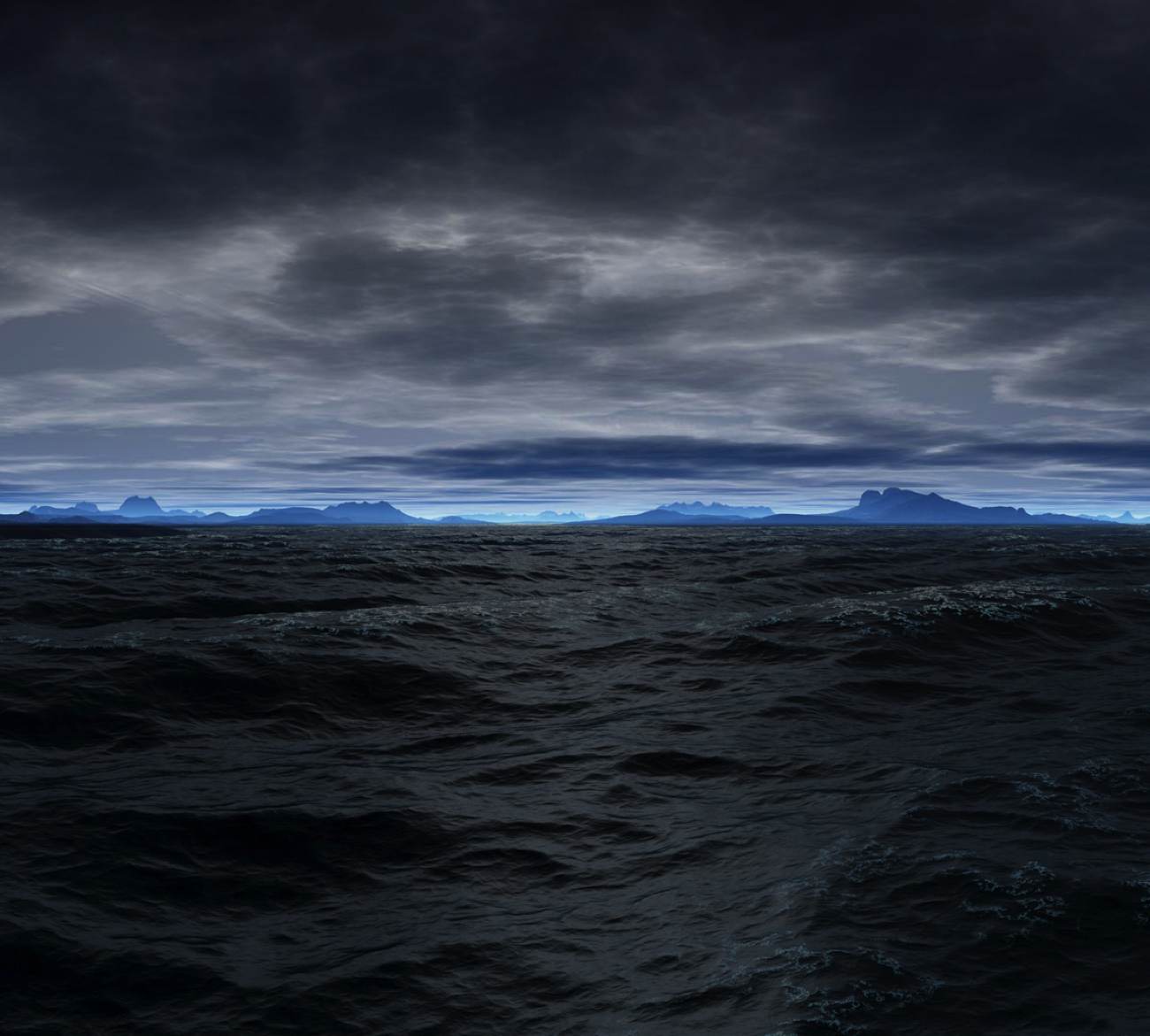
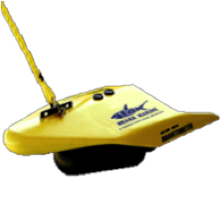
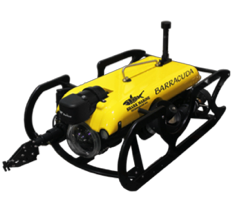
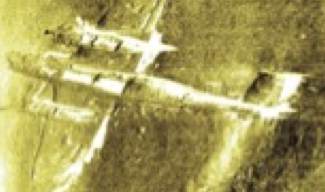

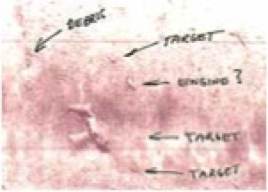
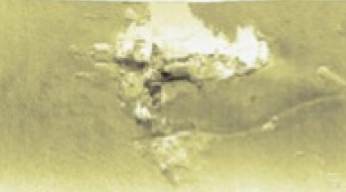

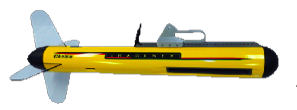
Side scan sonar ‘fish’
High thrust ROV
Marine magnetometer ‘Fish’
Selecting the appropriate technologies which offer the best chances of success requires the evaluation of a host of parameters, some of which are conflicting. Include of course are the size, materials involved, physical orientation and condition of the target that must be considered as are the environment parameters – depth of water, surface conditions, bottom type, bottom topography, sedimentation rate and currents. Then there are factors that impact on operations such as distance from a base, weather, and sea state. Then there are the costs and availability of equipment and operators. On the survey level the speed and coverage rate factor in, and we also must consider the vessels of opportunity available in the area.
When we evaluate these variables IHAS decided to use a multi-sensor package which basically will combine forward-looking 450 KHz multi-beam sonar mounted on the survey vessel with conventional towed dual or three frequency side scan sonar plus a towed magnetic gradiometer. The effectiveness of conventional side scan sonar would be limited by the shallow depth we will encounter but the forward looking sonar would be sweeping ahead of the survey boat looking for features that stand up above the bottom. The magnetometer would be responding to ferrous material which in the case of the DB-A would be limited to the 4 large engines, landing gear and perhaps the wing spar – the rest beng non-magnetic aluminum. A gradiometer is required because operation in the high arctic is typically magnetically noisy due to dynamic electrical activity in the ionosphere. Sensors in the gradiometer would be either high sensitivity optically pumped cesium, Overhauser or tri-axial (XYZ) fluxgate sensors. Navigation and grid coverage would use GPS. All data would have location information embedded.i
Any anomalous results would have coordinates assigned and the concurrent second phase would follow and investigate these with a sonar and video equipped ROV. A second boat would be preferred to immediately follow-up on suspicious anomalies as well as to act as a safety and supply boat. These systems would be provided and operated by award winning Shark Marine.
We can expect images to be somewhat like these:
